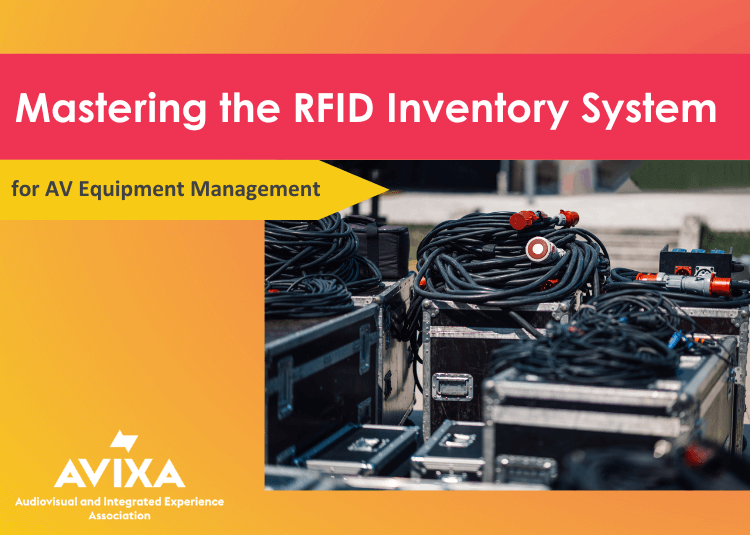How Wearable Tech Can Gamify Your Next Event
It looks like wearable technology might actually add more humanity to events. Contrary to what might be expected when people start attaching gadgets to their body, hardware can enhance the personal attributes of group interaction.
Particularly for meetings or conferences, where organizers can provide attendees with smart wristbands or name badges that are programmed with customized functions, the tech becomes ubiquitous and subsequently “invisible.” Connection happens automatically, device to device, when people are in proximity to other people or interactive displays. The gear disappears and the humans become the focus once again.
That’s the modus operandi of smart-badge provider klik, which is a sister company to PixMob, maker of those light-up wristbands that dazzle audiences in stadiums and arenas with human-enabled, venue-wide spectacles of illumination.
“We believe that technology should help people engage more, but engage with each other. not through a screen,” says Simon St-Germain, Marketing and Communications Director with klik.
 Having assisted mega clients from Silicon Valley and beyond with activating the boring old name badge with cool new sensors and color-changing lights, klik knows all about next-leveling an event with these simple-yet-complex devices.
Having assisted mega clients from Silicon Valley and beyond with activating the boring old name badge with cool new sensors and color-changing lights, klik knows all about next-leveling an event with these simple-yet-complex devices.
But like any event tech, these fancy badges shouldn’t be applied haphazardly. “Ideally we’re talking with clients from the start of event planning, and the first question we ask is 'What do you want to achieve?’” St-Germain explains. Once the event objectives are set, then kilk can go about facilitating better human interaction through technology.
Here are some of the ways that the front-end badge lights and proximity sensors, along with the back-end data and analytics can boost your event connections in real-time.
- Create fun social engagement with leaderboards — Transform a touchscreen display into an interactive leaderboard that provides access and contact with other attendees. Choose one objective of the event and make it a competition that is tracked via badges and the kilk app. Maybe it's a tally of in-person connections or contact exchanges, or a tech-tracked tour of exhibits. The leaderboard can display attendee profiles and/or photos and avatars and prompt more engaging interactions.
- Use proximity sensing and color-changing lights to create conversation moments or provide wayfinding — Even the most tech-savvy event attendees react with glee when their badges change color with seemingly no prompting, klik has found. An illustrious future-oriented university erupted into child-like cheers when everyone’s badges changed colors to tell attendees that the next session was starting in the “blue room.” The color change also prompts conversation between attendees whose badges change colors at the same time — they connect and share knowledge on where to find the next talk.
- Use open API to connect wearable with interactive displays — With a bit of programming, displays can detect wearable signals and show profiles of attendees who are nearby. From there it’s up to event organizers to determine what might happen next on the display: enable meeting setup, provide details on talks the proximate are giving, and other functions.
- Use analytics to learn where people congregate and linger, what works and what doesn't work — Just like ad tracking that has become ubiquitous online, with digital signage and other media, wearable event badges can track dwell time and location of attendees. It becomes a lot easier to justify ROI and the success of layouts and programming when the numbers show clearly what was hot and what was not.
Those are just a few of the possibilities with wearable activations. Event planners and technicians are just beginning to discover their creativity when it comes to reinvigorating the original purpose of events: the gathering of people. “What klik tries to do is bring it back to something very fundamental — that is human interaction,” St-Germain says. “Everybody gets wearables and we know we have a ton of data that is extremely valuable for an event organizer. And yet we really want to create the best experience for the attendee.”




.jpg?sfvrsn=81e7976_1)

